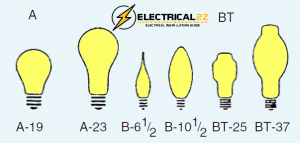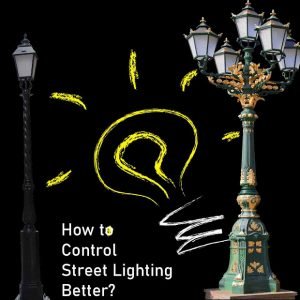Adequate Lighting: Electrical Lighting Installation | Some of the factors which affect adequacy of lighting are discussed below,
Adequate Lighting
The eye sees best in daylight, out of doors, when the sky is slightly overcast. Lighting which approaches it is therefore the best. To produce this high level of illumination at night is impracticable and uneconomical. In practice the capital and operating costs of electric lighting have to be weighed against the gains in terms of comfort, efficiency and productivity.
The requirement of lighting partly depends upon the age group. As age advances the pupil of the eye becomes less elastic, with the result that a higher degree of illumination is necessary. It has been estimated that a 60 year old man requires about five times as much as one 40 years old, who himself needs three times as much as a boy of 10 years, for reading printed matter.
A lot depends upon the nature of the task performed and the characteristic of the objects in the field of vision, such as the size, color and shape of the object, its contrast with its surroundings, whether it is fixed or moving and the degree of accuracy required. Light magnifies details. An assembly shop for electric motors requires a much lower level of lighting than one for electricity meters. Water assembly and repair obviously call for 20 or 30 fold increase in the lighting. To meet this requirement local lighting from special fittings is the answer.
The eye discriminates by comparing the relative brightness of the object and its background rather than by the absolute values of brightness. The dark letters on a printed page are perfectly clear, but a black thread on a dark background is just invisible–a fact fully exploited on the stage by the magician. Where the contrast is low, therefore, a higher level of lighting is required.
Eye muscles are there times more fatigued under poor lighting conditions than when they are good. Long hours of work and a high degree of concentration drain nervous energy. Adequate lighting greatly reduces the strain and makes for comfort. Coming from general considerations to specific levels of illumination, a simple method of assessing the level is by considering the apparent size of the detail to be seen and the degree of contrast between the detail to be seen and its immediate background, as given by the difference in their respective reflection factors. The following table gives the recommended values when the contrast is good:
|
Apparent sizes of detail to be seen
|
Illumination in foot candles
|
|
Large
|
2
|
|
Ordinary
|
5
|
|
Fairly small
|
10
|
|
Small
|
20
|
|
Very small
|
50
|
|
Minute
|
100
|
Another simple guide for selecting the foot-candles of illumination required is given below:
|
|
Class of task
|
Recommended foot candles
|
|
1
|
Precision work to a high degree of accuracy, tasks requiring rapid discrimination and response
|
100
|
|
2
|
Severe and prolonged visual tasks, such as fine engraving, and discrimination
and inspection of fine details of low contrast.
|
50
|
|
3
|
Prolonged critical tasks, such as proof reading, type-setting, drawing, fine
machine work, fine assembling, sewing on dark goods.
|
25
|
|
4
|
Visual tasks, such as detailed office work, reading, skilled bench work,
sewing on light goods, and retail shops.
|
15
|
|
5
|
Less exacting visual tasks such as in general offices, on large assembly work
and in class rooms.
|
10
|
|
6
|
Work of simple character not involving attention to details
|
6
|
|
7
|
Casual observation where no specific task is performed
|
4
|
The above values may be multiplied by a contrast factor which may be taken as 1 when the contrast between the object to be seen and its background is good, as 3 when it is medium and 10 when it is bad. Thus the range of illumination varies from 1 when the objects to be seen are large and the contrast is good, to 1000 when the object is minute and there is poor contrast. The values suggested in both tables were considered excellent practice even a decade ago, but according to present day norms they are to be treated as minimum values.
Final Word
Hope you understand this article about the Adequate Lighting: Electrical Lighting Installation. Incase of any doubt please comment below. Subscribe our website to get every new post update to your email. Please follow our website @ElectricianWorld.Net for future updates. Thank you for visiting our website.



